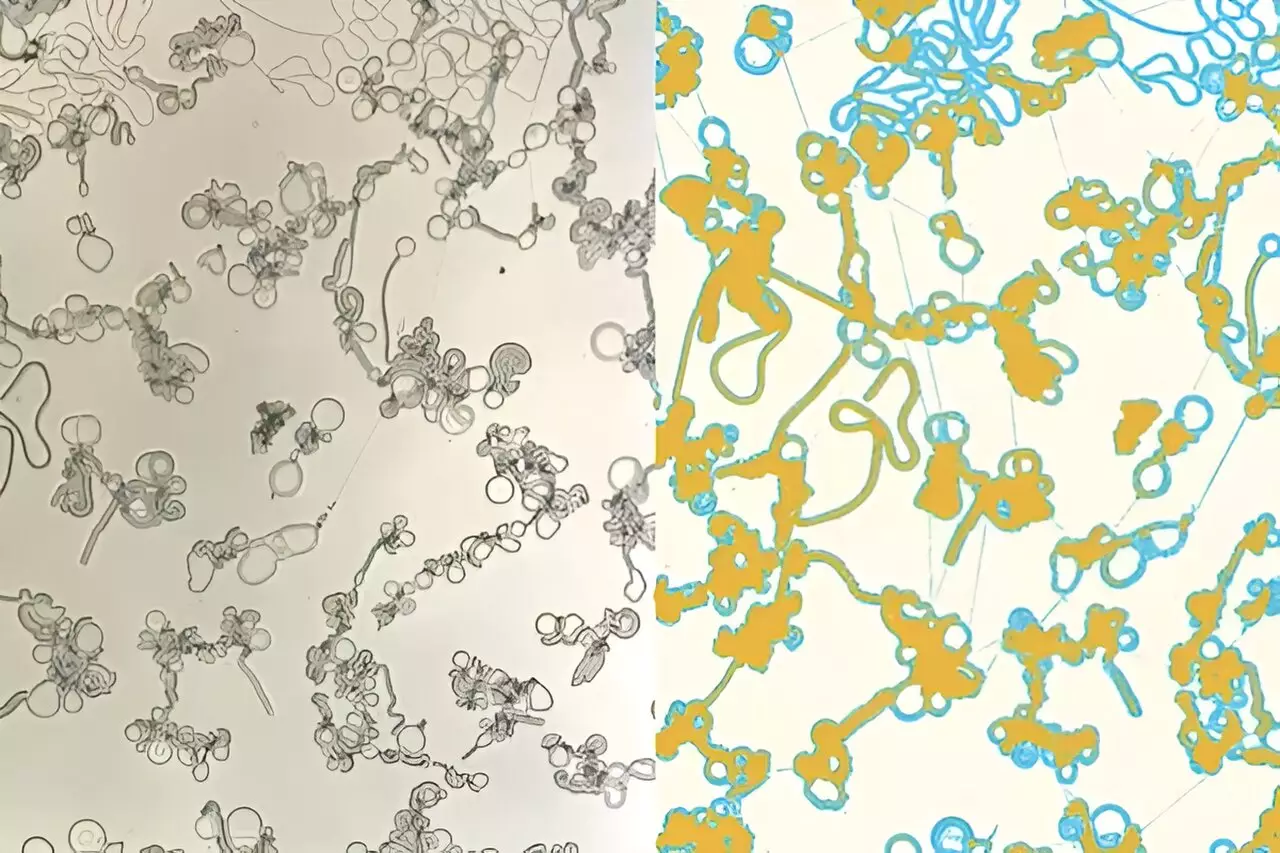Liquid crystals are ubiquitous in modern life, significantly enhancing everyday technology through their remarkable properties. From smartphones to car dashboards, these innovate displays utilize the unique characteristics of liquid crystals to present vivid images and conduct intricate functions. However, recent explorations in the field have begun to reveal that these fascinating materials offer much more than just remarkable visual potential; they are also poised to revolutionize the way we understand active matter and self-assembly in both biological and non-biological contexts.
Liquid crystals possess a distinct state of matter that melds the properties of liquids and solids. Unlike ordinary liquids, they have an ordered molecular structure that allows them to respond dynamically to external stimuli, such as electric fields and temperature changes. This unique behavior enables them to organize themselves into complex structures that can manipulate light in unique ways. The ramifications of this versatility extend well beyond display technologies, leading researchers to investigate their applications in material science and even biology.
At the core of this research is a comprehensive study by Chinedum Osuji’s lab at the University of Pennsylvania, which recently shed light on a particularly intriguing aspect of liquid crystals: under specific conditions, they can spontaneously self-organize into filamentous structures and flattened disks that operate similarly to biological systems. These findings suggest that liquid crystals may function as a kind of “network of conveyor belts,” capable of transporting materials in a way that mimics more complex cellular activities.
While investigating the properties of mesophase pitch—a precursor for high-strength carbon fibers—researchers stumbled upon unexpected behaviors during their experimentation with liquid crystals. The study’s co-first author, Christopher Browne, emphasizes the serendipitous nature of their findings. They had initially set out to study the industrial applications of liquid crystals, only to uncover structures that seem alive in a sense. This discovery underscores the serendipity often present in scientific research, where unexpected results can unveil entirely new pathways of inquiry.
The collaboration across disciplines is another noteworthy aspect of this research. The cross-functional approach, merging expertise from chemical engineering, cell biology, and chemistry, results in a richer understanding of the broader implications of liquid crystals. The interdisciplinary framework enables researchers to consider the possibility of replicating biological processes through the use of synthetic systems, advancing fields like tissue engineering and drug delivery mechanisms.
The research particularly focused on a specific liquid crystal known as 4’-cyano 4-dodecyloxybiphenyl, or 12OCB. The intriguing behavior observed during their experiments demonstrated that, when mixed with immiscible fluids and subjected to temperature changes, this liquid crystal didn’t merely separate into discrete droplets as one might expect. Rather, it formed complex, irregular structures like filaments and bulged disks.
This unique phase separation behavior suggests that liquid crystals can engage in self-organizing processes reminiscent of living systems. Browne and his colleagues utilized advanced microscopy techniques to analyze these phenomena on a micrometer scale—critical for unveiling the intricate details of how these structures take shape. Their findings not only advance the understanding of liquid crystals but also beckon researchers to explore the connections between material science and biological processes even further.
The implications of this discovery extend far beyond the realm of display technology. The potential to harness liquid crystals for self-assembly opens up exciting avenues for developing new materials that can mimic biological systems. For instance, the structured interactions between filaments and droplets within these liquid crystals could serve as a model for understanding how molecules interact in complex biological environments. Such insights may lead to innovations in material design that could facilitate the development of smart materials capable of responding to external stimuli, thereby adapting their properties to suit specific applications.
Moreover, the newfound understanding of active matter systems could reinvigorate interest in liquid crystal research more broadly. As Browne succinctly points out, fundamental research in a field can diminish when it becomes heavily industrialized. Yet, this recent investigation offers a gateway to reexamine the foundational principles of liquid crystals, possibly leading to breakthroughs that can impact both technology and biology.
The remarkable world of liquid crystals is unfolding new dimensions of inquiry that may one day merge the distinct realms of material science and biological mimicry. This ongoing research presents an exciting glimpse into a future where technology not only serves practical purposes but also elegantly emulates the processes of life itself.


Leave a Reply